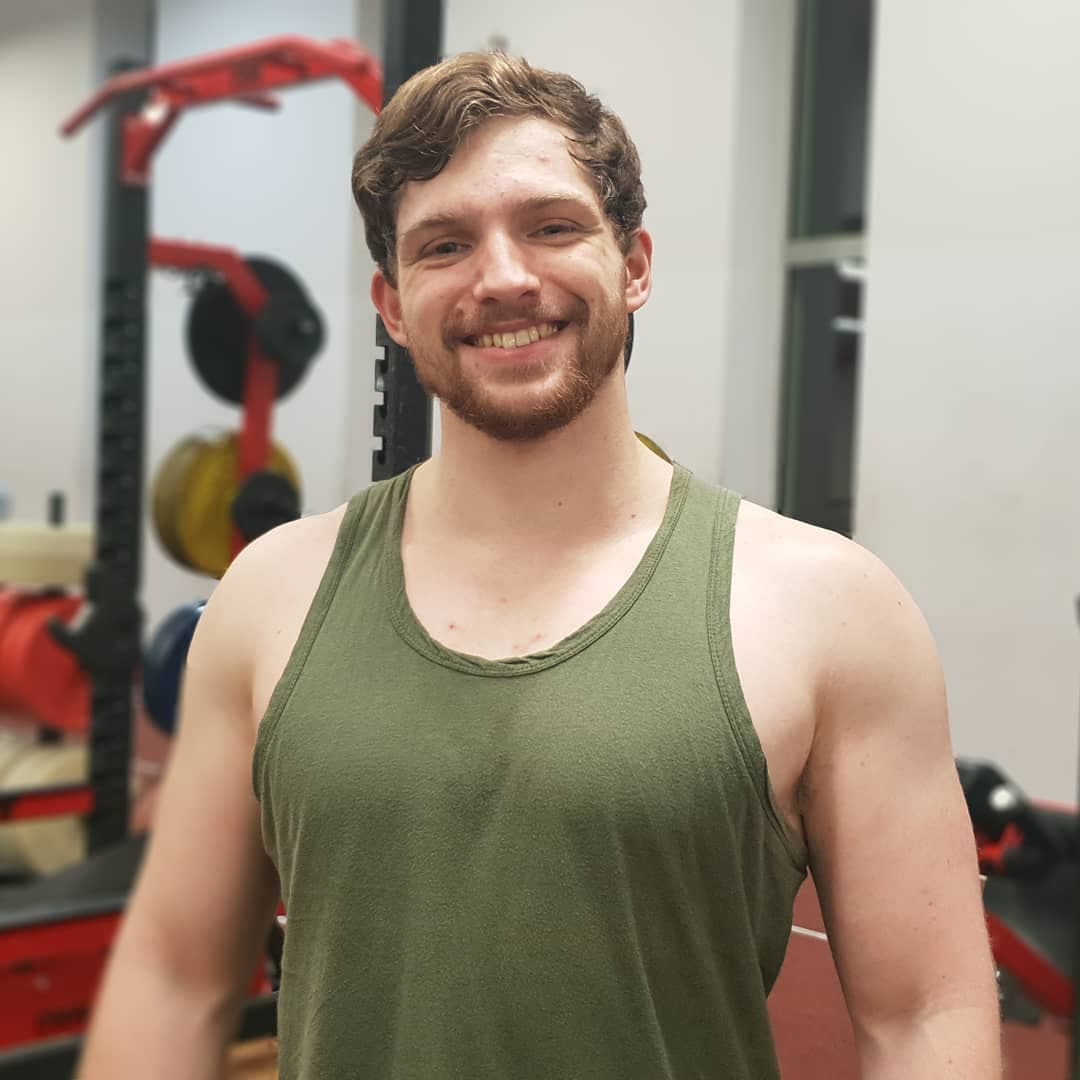Introduction
If you’ve ever gone to failure or close to, you’ll probably have noticed that you tend to fail each of the main three lifts in a particular place, where you find the lift the hardest. These weaknesses are individual to every lifter, and are due to either a problem in their technique, relatively weak muscle groups, or both.
At some point, you’re going to want to fix these weaknesses for your lifts to improve, since they can become the limiting factor to how much weight you can lift. This series of short videos by Juggernaut Training Systems outlines pretty well the common weaknesses, what causes them and how to fix them. Of course, I don’t have a video of your lifts while I’m writing this page and it may be slightly more complex than this - if you have multiple weak points layered on top of each other for example. But these suggestions give you a good starting point to try to fix your technique. If they don’t work, perhaps consider that you may have misdiagnosed the problem.
To sum up what the videos tell you and to give you a quick reference point, I’ve condensed the recommendations for different weaknesses into the tables below.
Exercise variations and accessories are useful for fixing weaknesses. I’ve broadly split these up into ‘technical’ exercises which force you into the correct position by overly penalising the incorrect form, and muscle building exercises which help to target any relatively weak muscle groups you may have in the lift. For the technical exercises, you will almost always want to use a substantially lighter weight than in your competition movements. There are also technique cues you can focus on to help drill the correct technique.
There’s a caveat I should mention here. Technical weak points can and should be addressed at any stage of a lifter’s career. That doesn’t mean you need to be hyper obsessive about your form, and don’t expect it to ever be 100% perfect, but it’s good to always strive to improve. However, there’s an argument to suggest that it might not always be in your best interest to spend a lot of your energy addressing relatively weak muscle groups.
The argument goes like this: as a beginner, you’re essentially considered to be ‘weak everywhere’ - none of your muscles are strong enough for other ones to really be considered weak in relation to them. So as a beginner you can probably just use different accessory exercises as a way to satisfy the principle of Variation (see main Programming page). As you gain experience, strength and size, and move into the intermediate stage, you will probably start to notice that, genetically, some of your muscle groups just respond better to training than others and so will be relatively stronger. At this point, it might actually benefit you to focus most of your energy onto these stronger muscle groups! Because they will gain strength and add the most to your total with the least effort. Play to your strengths! This goes even more so between different lifts.
Most great lifters have stronger areas than others and they use these to excel. Ray Williams can squat 490kg (as of April 2019 - I’m sure he’ll even break this record soon) because he has INCREDIBLY strong quads! If he’d spent all his time focusing on his back strength to bring up his relatively lagging deadlift, he might never have got to that strength in the squat. You can also adjust your technique to take full advantage of your strong points - if you just naturally have really strong triceps and a weak chest, then bring your grip in a touch on the bench press and use them! And the end of the day, you should do whatever helps you to get the biggest total by any means and there are no bonus points to the “most balanced lifter”.
Now, as a lifter starts to become more and more advanced, they may notice that their strong areas become so strong that your lifts are actually limited by your weak areas. An easy example could be grip strength in the deadlift. Or perhaps, in the squat, your legs are strong enough to lift the weight but your upper back can’t hold the bar and you round over and fail the lift. The first thing to do at this point is to see if there is any way this could be due to a technical fault. If you’ve tried adjusting your technique to fix the problem to no avail, NOW is the time you can use exercises to bring up your relatively weak muscle groups.
The key distinction is whether it’s a true limiting factor or not - or causing a severe form breakdown that puts you at significantly increased risk of injury. Don’t address muscular weak points purely for the sake of balance, and play to your strengths for as long as you can get away with it.
Squat

Bench

Deadlift

